Archive for December 28, 2010
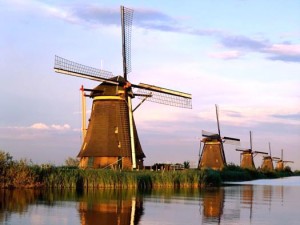
- The Netherlands is located in Western Europe, bordered by Belgium to the south, Germany to the east and the North Sea to the north and west. Geographically, the Netherlands is a flat, low-lying country formed by the estuary of four important European rivers: the Rhine, the Meuse, the Ems and the Scheldt.
- Two-thirds of the country is threatened by flooding. Through history, the country has defended itself against threats posed by water, building dikes and dams, canalizing rivers and reclaiming land from the sea. Today, about 9.6 million of its inhabitants (60% of the population) live below sea level, and about 70% of the country’s GDP is generated below sea level thanks to a 3,500 km primary flood defence system composed of dikes and sand dunes. Read more
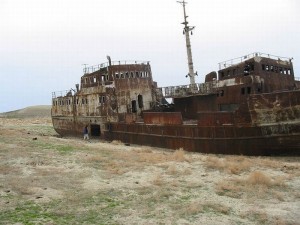
- The Aral Sea basin contains over 14,752 glaciers with a total area of some 1,043 km2. The ones located in Uzbekistan account for 1.1% of the total glaciated area in Central Asia. Recent assessments indicate that the country’s glaciers and ice reserves are receding. Since 1957 the glaciers have shrunk by almost 20%, losing 104 billion m3 of water. Read more
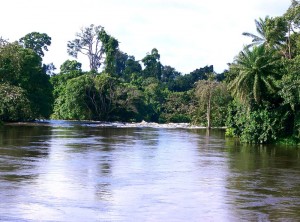
- The country’s 1,200 km length, proximity to the sea and topography give it a varied climate with wide differences in rainfall and vegetation. The maximum rainfall of 10,000 mm occurs in the equatorial climate zone in the south, and the minimum of 500 mm in the extreme north on the edge of the Sahara. The average annual rainfall is about 1,684 mm.
- Agriculture is the backbone of Cameroon’s economy, accounting for about 41% of GDP and 55% of the workforce. Irrigation has contributed substantially to productivity, making cultivation possible during the dry season. In 2000, irrigated area of about 224.5 km2 corresponded to around 8% of the potentially irrigable area. Read more
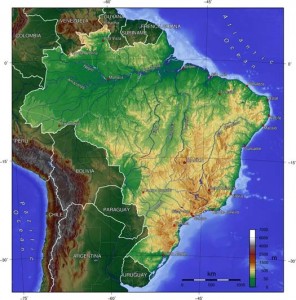
- Lake Merín is a freshwater body shared by Uruguay and Brazil. Covering an area of some 5,000 km2, it is the second largest lake in South America, after Lake Titicaca in the Andes. The Lake Merín basin extends about 63,000 km2 on the Atlantic coast of South America.
- It lies in the temperate zone, with a subtropical climate and annual rainfall of 1,200 to 1,500 mm. Much of the rain falls from June to September, while November to December is usually the driest time of the year. Read more
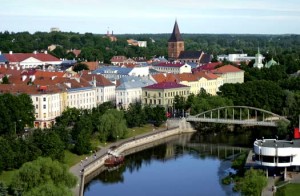
- Estonia’s annual average surface water availability is 12 billion m3 and the groundwater potential is 3.2 billion m3.
- The rivers are characterized by short flow distances and low flow rates. Only 10 rivers are longer than 100 km. The longest is the Võhandu (162 km) and the largest is the Narva, with a catchment area of 56,200 km2, only about one-third of which is within Estonia.
- Of Estonia’s approximately 1,200 lakes, half have a surface area of less than 0.03 km2. The largest, Lake Peipsi, covering some 3,500 km2, is the fourth largest lake in Europe. It was the subject of in-depth case studies in the first and second editions of the World Water Development Report. Read more
Category:
Article |
Tags:
Estonia,
Water






